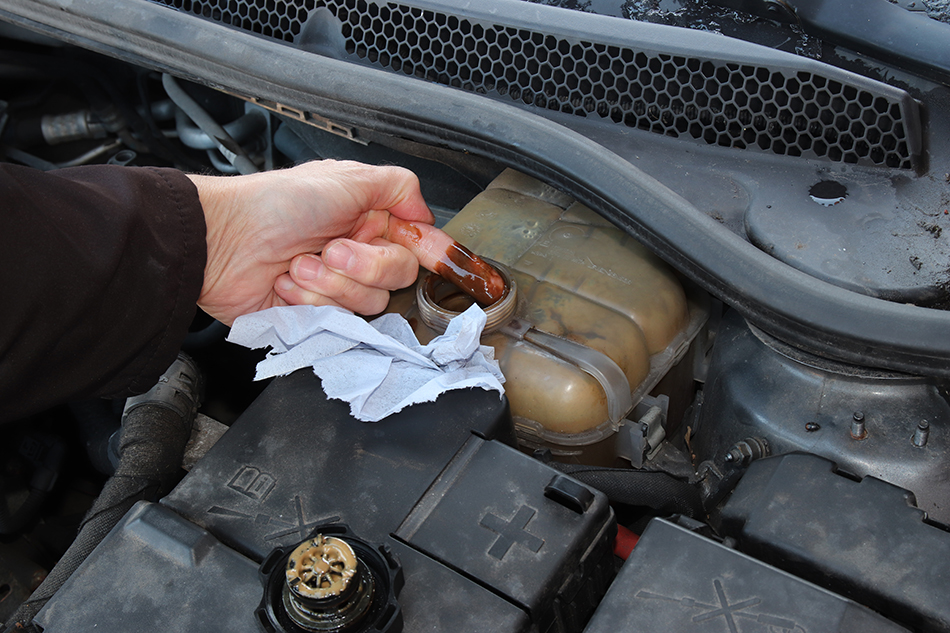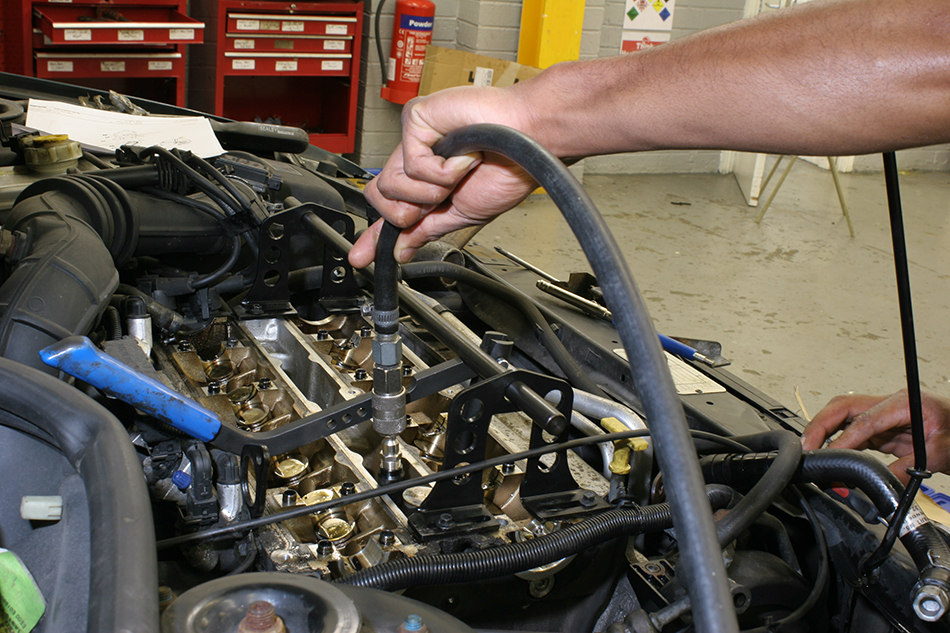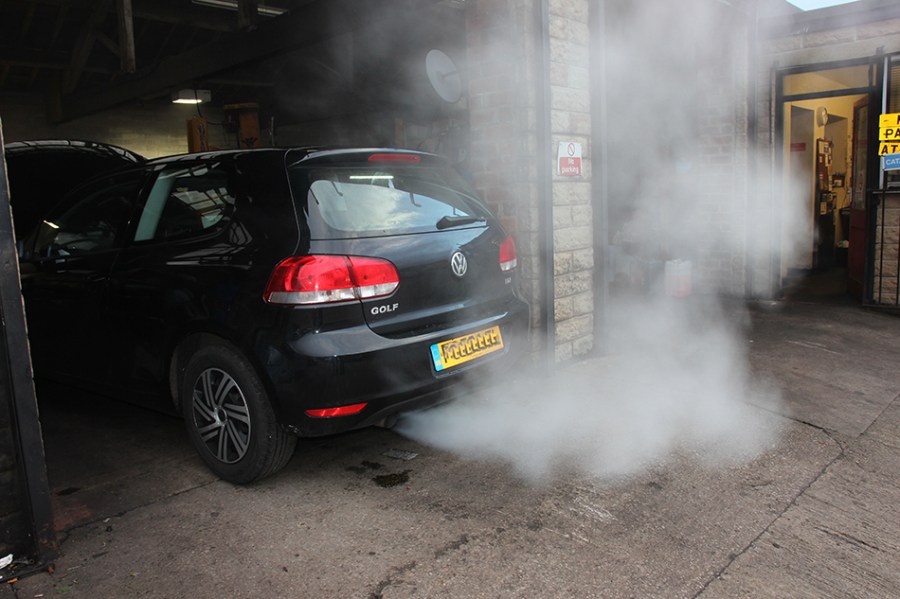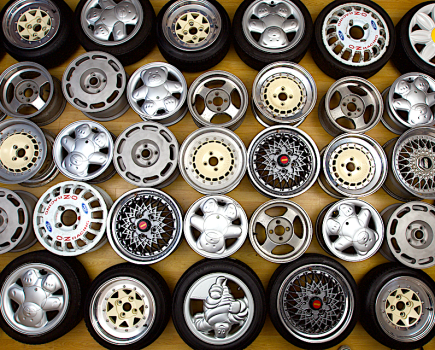Follow our guide to discover what excessive smoke from your car exhaust means for its engine as we discuss the different colors, causes and potential fixes.
Plumes of smoke emitted from your car’s exhaust don’t always signify the engine is about to die, but don’t ignore them. There may be condensation inside the exhaust, especially if the car hasn’t been run for a long time. However, there could be issues that need addressing, such as burning oil, worn internal components or head gasket failure. Read on to learn more about typical smoky symptoms and their solutions.
White smoke from the car exhaust
Clouds of condensation
Plumes of white smoke that quickly disappear often means that water is turning to steam. That water may be inside the exhaust system in the form of condensation. This can build up over time, especially if the car hasn’t been used. As the exhaust system warms up when the engine is running, that water also warms up. Eventually, it turns from a liquid to a vapor (steam) and is forced out of the exhaust system.
It’s quite easy to identify steam exiting an exhaust system. Place a large piece of cardboard close to the exhaust tailpipe (about two or three inches away). As the fumes escape, some will hit and settle on the cardboard. Steam will change to water droplets.
If this is happening to your car, and the engine hasn’t been run for a long time, try running the engine several times over consecutive days to see if the plumes of smoke are reduced.
On vehicles that use AdBlue, white cloudy smoke from the exhaust can be caused by failure of the AdBlue injector.

Has the head gasket failed?
Clouds of white smoke that quickly disappear can be caused by a failed head gasket. This is where engine coolant leaks into the combustion chamber of one or more cylinders. The coolant is burnt along with any fuel and air, then emitted through the exhaust system. Coolant mainly consists of water, so when burnt inside the engine, it turns to steam and is seen billowing out of the end of the exhaust. It may smell a little sweet, but don’t breathe in lots of exhaust fumes to find out.
Our cardboard test will help to clarify whether the exhaust fumes contain water. However, also check the coolant level to see if it has dropped. And examine the coolant. If it contains oil, there’s a problem with oil contaminating the coolant. This could be caused by head gasket failure, but could also be a failed oil cooler if it uses coolant to cool it. This won’t cause the steam from the exhaust, so check the underside of the oil filler cap. If it has a milky residue, coolant may have contaminated the oil. Condensation from long periods of not running an engine produces the same milky residue, so further checks may be needed.
Too much fuel can also create white smoke
If an engine is running too rich (overfueling), then this will create plumes of white smoke from the exhaust. This type of smoke doesn’t disappear as quickly as steam. Such a problem can arise through a lack of maintenance along with faulty engine sensors. A clogged air filter and fouled spark plugs, for instance, won’t help. Problems with a lambda/oxygen, mass airflow or air temperature sensor may result in more fuel being fed into the engine.
Overfueling will result in poor fuel consumption, so check the on-board MPG information (if available). Alternatively, fill the fuel tank, drive for 20-30 miles, then fill it again to calculate the MPG.
Diesel engines that have a diesel particulate filter (DPF) may need to regenerate. This is a type of self-cleaning. It involves running the engine at a high rpm and feeding lots of fuel into it. This will affect the MPG. Some engines automatically regenerate the DPF, but diagnostic equipment can be used to identify that this is happening.
If an engine is overfueling, you should fix it before it does any damage. Excessive fuel can wash the cylinder bores, resulting in wear and engine failure.
Blue car exhaust smoke
If the exhaust fumes have a blue tint, this could be caused by a failed head gasket – follow our earlier checks. However, it could also be a sign of a number of other problems, some worse than others. A blocked positive crankcase ventilation (PCV) valve may be the cause, which can be either unblocked, or replaced. Mark Shipman at AES says this is a common problem on some VAG (Volkswagen Audi Group) cars. An updated PCV and software update are often needed.
The piston rings may have failed, resulting in oil leaking into the combustion chamber and being burnt. If the engine’s oil level has dropped, then this could be the reason.
Problems with piston rings could be down to them sticking, especially if oil changes have been neglected. Adding an engine flush may help, but don’t expect miracles if you don’t know when the oil was last changed.

Oily grey car exhaust smoke
Are there clouds of oily smoke from the exhaust after starting the engine or on overrun? If so, then it’s likely the valve stem oil seals have hardened. This can arise if an engine hasn’t been used for a long time. Oil gets past the hardened valve stem oil seals and seeps into the combustion chamber where it’s burnt.
In some cases, the valve stem oil seals can be changed without having to remove the cylinder head.
Black car exhaust smoke from diesel engine
Diesel engines can often produce more smoke than gasoline engines, but don’t assume that’s okay. Keep on top of maintenance to help reduce this smoke and use good-quality fuel. Also, consider a fuel additive or cleaner. This will help to remove carbon deposits inside the engine that may restrict the burning of fuel, resulting in more fumes.
Mark Shipman says that black smoke from a diesel with a DPF can be caused by a couple of problems. A crack in the DPF is one of them. And if the DPF has been tampered with, this can create black smoke.
We check 1,000s of prices on 1,000s of retailers to get you the lowest new price we can find. Fastcar may get a commission from these offers. Read more here.










